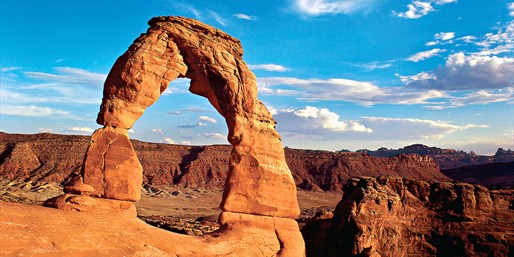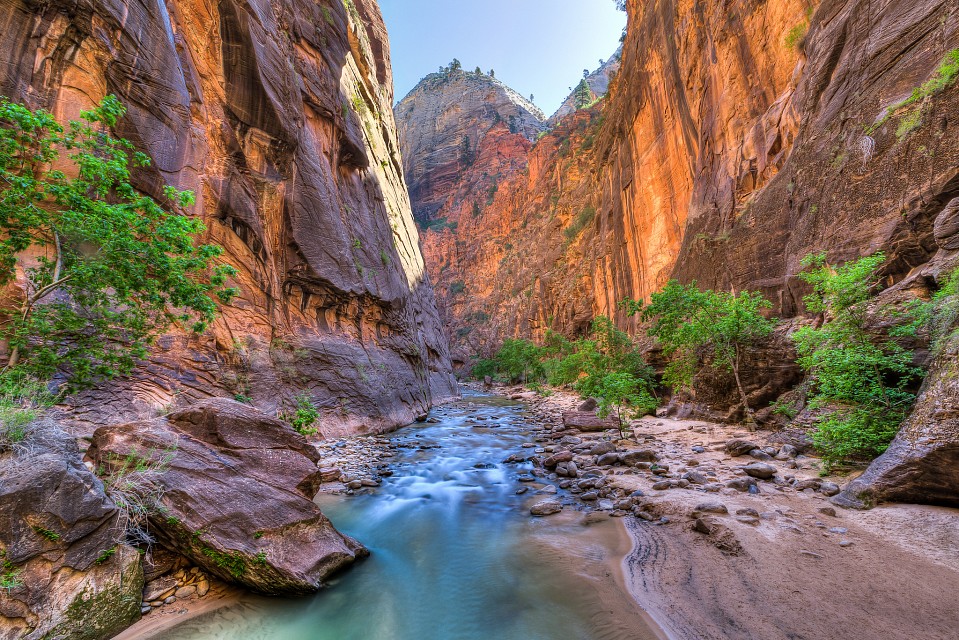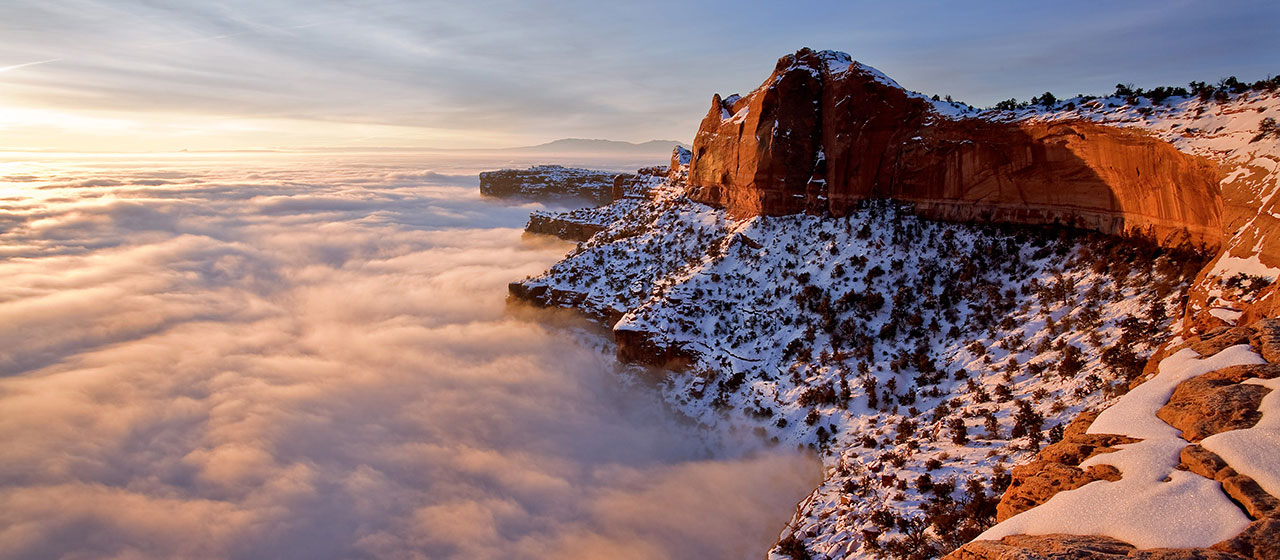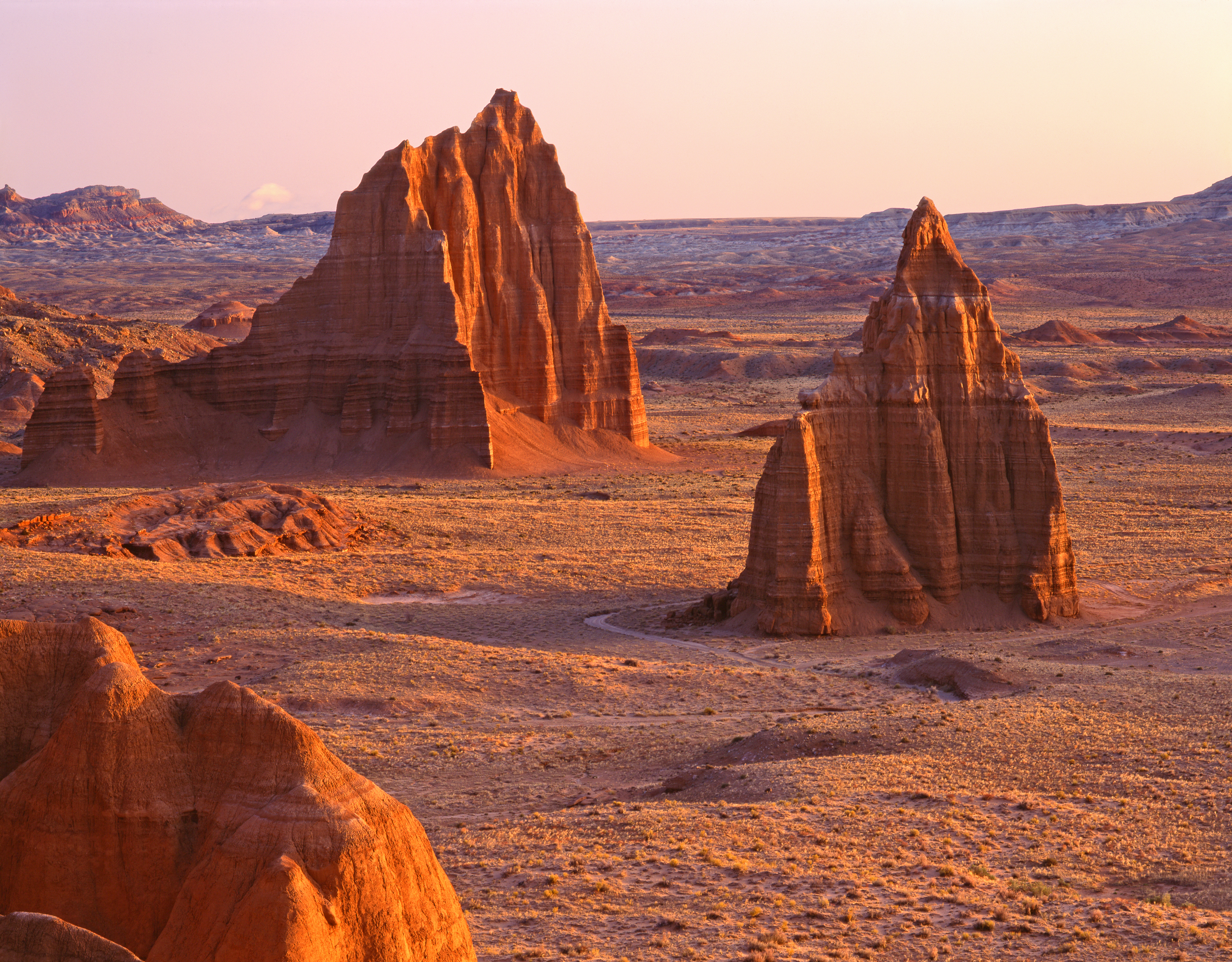Discover the Mighty 5 – All of Utah’s National Parks in One Tour

What are the Mighty 5?
The Mighty 5 are a collection of National Parks in Utah: Arches, Bryce Canyon, Canyonlands, Capitol Reef, and Zion. Together, they represent Utah’s natural heritage and hold immense environmental and cultural significance.
Our Mighty Five Package allow for customers to see all of these national parks in one tour! Just check out the tours in the Utah and Arizona page with Mighty Five in the title and see the itineraries for yourself!
Meet the Parks!
Arches National Park
Home to over 2,000 natural stone arches, some of which formed more than 65 million years ago, Arches National Park offers a striking display of geologic history.
These arches were formed when plate tectonics broke the Earth’s crust and brought the sandstone to the top of the floor. As time passed, the rest of the floor eroded, leaving the sandstone to turn into the beautiful arches we see today.
Bryce Canyon National Park
Witness the vibrant hues of hoodoos, towering spires of rock that create a breathtaking amphitheater of natural beauty. This region has the highest concentration of hoodoos in the entire world.
These hoodoos were mainly formed by water weathering from rainfall and a process called frost wedging. Here, melted snow would seep into cracks in the rock, and then freeze and expand, gradually prying the rock apart and carving it into the tall spires we see today.
Zion National Park
In 2024, this was the third most visited national park, and for a good reason. Besides having some of the best canyoneering spots in the world, it has sandstone cliffs over 200 million years old and is home to around 79 different mammal species.
Like the other ‘Mighty’ national parks, it boasts a unique ecosystem that creates microclimates, allowing uncommon plants and animals to thrive in regions where they typically wouldn’t be found.
Capitol Reef National Park
Capitol Reef received its given name from its white domes of sandstone, which settlers thought resembled the United States Capitol building. Its surname comes from the Waterpocket Fold, a large fold of rock in the park stretching almost 100 miles wide. This monocline barred easy travel, so settlers likened the Fold to barrier reef.
If you get hungry on your travel, visit the Fruita Orchards just a few miles from the visitor center, which is open to the public. Here you will be able to taste whatever seasonal fruit is in the orchard, however, all fruit taken out of the orchards must be paid for.
Canyonlands National Park
This national park reaches over 227,598 acres of land, making it the largest national park in Utah. It has four regions, The Needles, Island in the Sky, The Maze, and the Rivers.
The most famous district, Island in the Sky, is known for its large sweeping views and stargazing locations. Camping is also common here, as the flat sandstone cliffs allow for you to wake up to the most breathtaking views.





